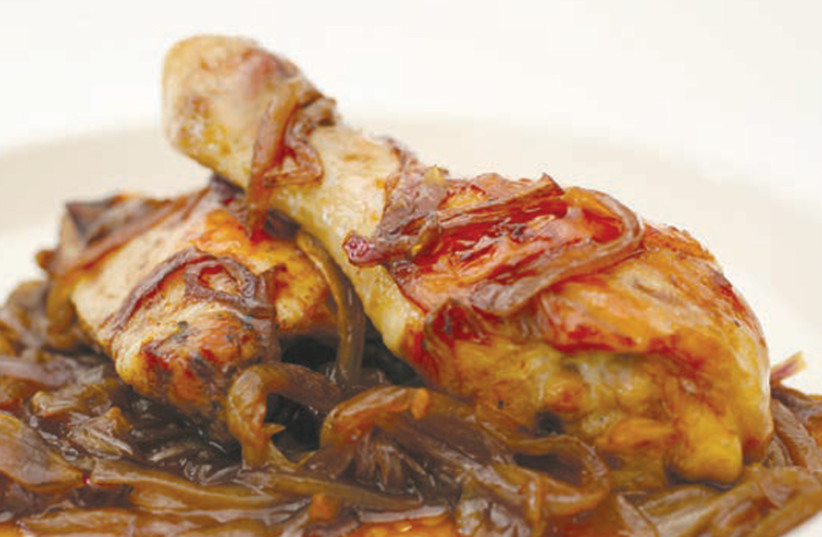The human relationship with chicken dates back further than a component of noodle soup or a platter of wings. For centuries, the bird was celebrated and even worshiped, new research suggests. So how did the chicken, the world's most numerous domestic animal, go from pedestal to platter?
The study
As reported in two papers published Monday, one in the journal Proceedings of the National Academy of Sciences and the other in the journal Antiquity, chickens' transition from exotic and venerated birds to food likely occurred with the rise of the Roman Empire in Europe, where eggs became a widespread stadium snack.
The new findings suggest previous studies, which claimed that chickens were domesticated up to 10,000 years ago in China, Southeast Asia or India, and were present in Europe over 7,000 years ago, were wrong.
Researchers from across Europe examined chicken remains found in more than 600 sites in 89 countries.
They found evidence that chickens were initially viewed as exotica, and it was not until centuries later that they started to be seen on the dinner plate.
According to research, several of the earliest chickens are buried alone and unbutchered. Some were also discovered buried with people – men were often with cockerels and women with hens.


Transition to the dinner table
The first evidence of widespread chicken consumption in Roman-controlled Britain dates to around the first century CE. It is unclear exactly how the shift occurred, according to the research, but it's likely that having chickens around for centuries made humans reevaluate their relationship.
“This comprehensive re-evaluation of chickens firstly demonstrates how wrong our understanding of the time and place of chicken domestication was," according to Prof. Greger Larson from the University of Oxford.
“And, even more excitingly, we show how the arrival of dry rice agriculture acted as a catalyst for both the chicken domestication process and its global dispersal.”
